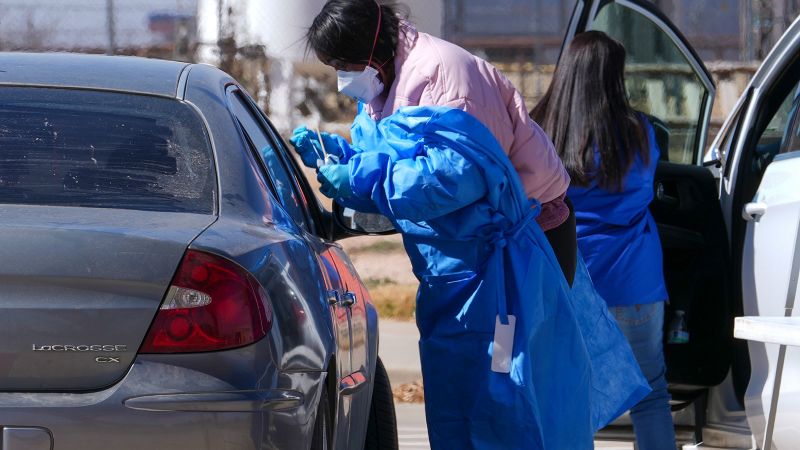In recent months, the United States has witnessed a distressing surge in measles cases, with significant outbreaks occurring in West Texas and adjoining areas of New Mexico. The current situation presents a considerable public health concern, particularly as health officials report nearly 230 confirmed cases between the two regions.
The Texas Department of State Health Services recently updated the figures for the outbreak in West Texas, revealing that there have been 198 confirmed cases. This figure represents an alarming increase of 39 cases since the last update just a few days earlier. It underscores the rapidity with which measles can spread, especially in communities with unvaccinated individuals. The alarming trend is not confined to Texas, as an additional 30 cases have been documented in Lea County, New Mexico. This marks a significant rise, with 20 new cases identified compared to previous figures in the state. Clearly, the threat is expanding and health officials are bracing for a potentially larger outbreak.
Health professionals across both states are concerned about the highly infectious nature of the measles virus, which can be transmitted by respiratory droplets and forced air travel, making containment particularly challenging. As such, the expectation is that these numbers may continue to rise. In Texas alone, the situation has already led to hospitalizations, with 23 patients reported to be receiving care—a slight uptick from earlier statistics. Among these cases, a notable concentration is observed in children, with 64 cases involving those aged between 0 to 4 years, and another 89 cases affecting individuals aged 5 to 17. The bulk of the confirmed cases, a staggering 137, can be traced back to Gaines County, the epicenter of the outbreak.
Tragically, the outbreak has also resulted in fatalities. Last month, Texas reported the first death related to this resurgence of measles—an unvaccinated child who had been hospitalized due to complications. This devastating loss highlights the crucial necessity of vaccination and the dangers posed by infectious diseases when the community immunity is compromised.
Turning to New Mexico, the breakdown of cases reveals a concerning trend that mirrors what is observed across the border in Texas. Of the confirmed cases in Lea County, 11 involve children aged 17 or younger, while 15 cases afflict those aged 18 and above. Additionally, health officials there are grappling with an unresolved situation involving a recent death of an unvaccinated individual who had tested positive for measles. Details on this case reveal that the individual did not seek medical attention, raising questions about access to care and the importance of health education in managing outbreaks.
Interestingly, despite the close geographical proximity between Gaines County in Texas and Lea County in New Mexico, ownership of the situation requires cautious optimism before establishing relationships between the outbreaks. Healthcare authorities have yet to officially confirm a link between these cases in the two states, although the shared characteristics of the outbreaks warrant ongoing investigations.
In summary, the emergence of measles cases in West Texas and New Mexico points to a pressing public health emergency that demands coordinated intervention strategies. Increasing vaccination rates is essential to stem the tide of this outbreak and prevent further health complications and fatalities. Both state health departments continue to monitor the situation closely as they work tirelessly to mitigate the outbreaks and educate the public on the critical importance of vaccination in safeguarding community health. As these outbreaks evolve, community engagement, awareness, and access to healthcare will play pivotal roles in controlling and ultimately extinguishing these resilient outbreaks of measles.












